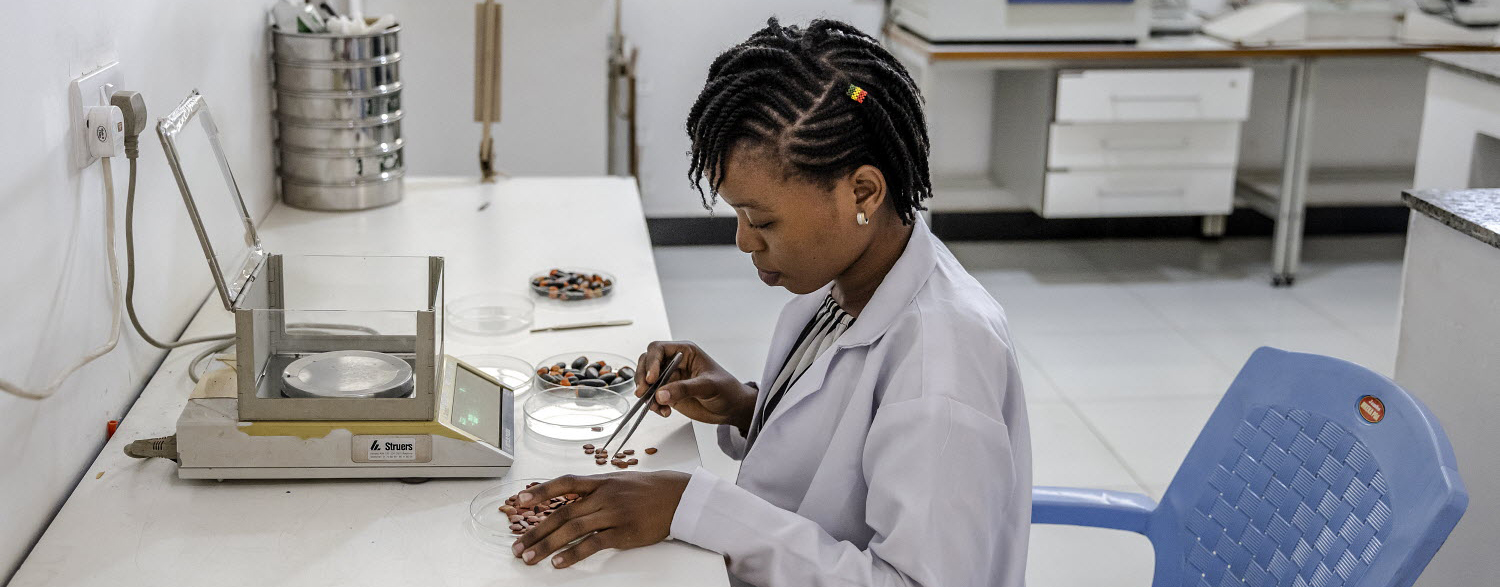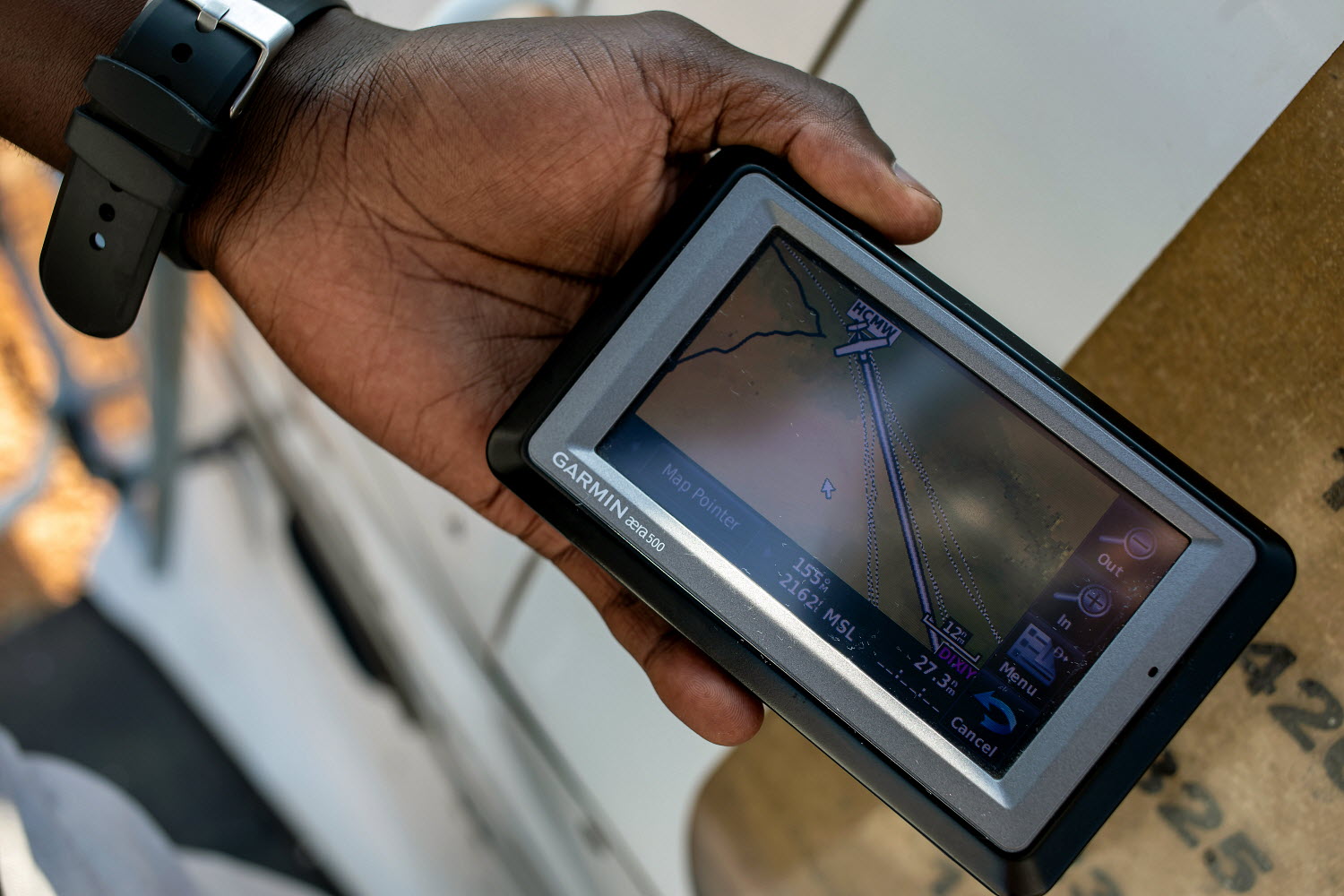Data, technology and innovation
Highlights from the Programme Evaluation Report 2023

Evaluations reinforce the value of data, technology, and innovations in support of FAO’s work, highlighting the need for larger investments in this space.
Data, technology and innovation are critical accelerators of progress in FAO’s Strategic Framework. Several evaluations showcased how this is indeed the case. For example:
⦿ Survey and control approaches, remote sensing and modelling were among the innovations successfully deployed in FAO’s response to the desert locust upsurge.
⦿ A geospatial, satellite imagery-based monitoring tool tested under the inter-regional programme on action against desertification could be a valuable and cost-effective M&E tool to collect and analyse quantitative data on vegetation cover of land areas that is easy to use in generating estimates that are also easy to interpret.
⦿ A project on community resilience to climate change highlighted the successful deployment of innovative geo-spatial mapping to identify hotspot locations of highly degraded land areas that needed urgent action.

Somalia - GPS tracking devices in preparation for aerial spraying to fight against locust swarms
Developing such innovative approaches requires time and resources to test, adapt, and build capacity to use each approach in the target country or community context. Some evaluations stressed the need to validate new technologies through critical, well analysed on-farm research before promoting technologies on a wider scale to beneficiary communities (e.g. Evaluation of the Zimbabwe Livelihoods and Food Security Programme).
In some contexts, expanding and scaling up the use of technology will require greater effort and support to build capacity in young sectors and in collaboration with all stakeholders, including ministries of agriculture, regional bureaux of agriculture and other agencies (e.g. Evaluation of the “Food-loss reduction through improved postharvest handling and value addition of key fruits and vegetables” project in Ethiopia).
Related publication

